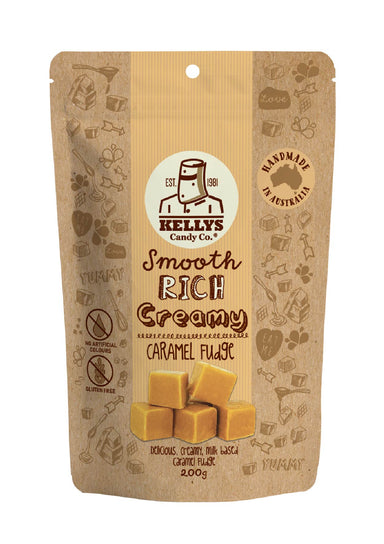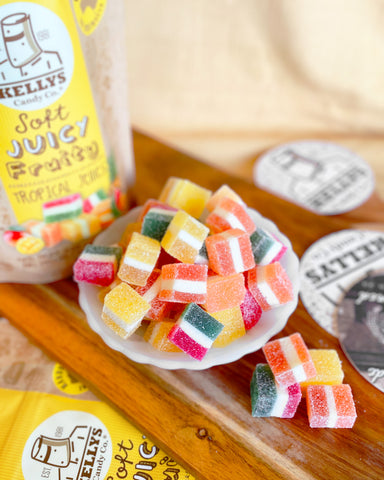Things about I Luv Candi
Things about I Luv Candi
Blog Article
The Basic Principles Of I Luv Candi
Table of ContentsI Luv Candi Fundamentals ExplainedGetting My I Luv Candi To WorkI Luv Candi Can Be Fun For AnyoneThe Best Guide To I Luv CandiI Luv Candi - An Overview
We have actually prepared a great deal of organization prepare for this sort of job. Right here are the common client sections. Consumer Section Description Preferences How to Discover Them Kids Youthful customers aged 4-12 Colorful candies, gummy bears, lollipops Partner with neighborhood institutions, host kid-friendly occasions Teens Teenagers aged 13-19 Sour candies, uniqueness products, fashionable treats Engage on social media sites, collaborate with influencers Moms and dads Adults with little ones Organic and healthier alternatives, sentimental candies Offer family-friendly promotions, promote in parenting magazines Trainees College and university trainees Energy-boosting candies, cost effective treats Companion with neighboring campuses, promote throughout test durations Present Customers Individuals looking for presents Costs chocolates, gift baskets Develop eye-catching display screens, offer adjustable gift choices In evaluating the monetary characteristics within our candy shop, we have actually found that consumers generally invest.Observations suggest that a common client often visits the store. Certain periods, such as vacations and special celebrations, see a surge in repeat check outs, whereas, throughout off-season months, the regularity could diminish. carobana. Determining the life time value of an ordinary client at the sweet store, we estimate it to be
With these variables in consideration, we can reason that the typical revenue per customer, over the training course of a year, hovers. The most successful customers for a candy store are commonly families with young youngsters.
This market often tends to make frequent purchases, increasing the shop's income. To target and attract them, the sweet-shop can use vivid and lively advertising approaches, such as lively displays, memorable promotions, and probably also hosting kid-friendly events or workshops. Producing a welcoming and family-friendly atmosphere within the shop can also improve the overall experience.
Getting The I Luv Candi To Work
You can likewise estimate your very own revenue by applying various presumptions with our financial plan for a candy store. Typical regular monthly earnings: $2,000 This kind of sweet-shop is commonly a little, family-run business, probably understood to residents yet not bring in lots of travelers or passersby. The store might use a selection of typical candies and a few homemade deals with.
The shop doesn't commonly bring rare or pricey items, concentrating instead on affordable deals with in order to keep normal sales. Presuming an ordinary costs of $5 per client and around 400 customers each month, the regular monthly profits for this sweet shop would be around. Average month-to-month earnings: $20,000 This sweet store take advantage of its critical area in a busy urban area, attracting a a great deal of consumers looking for sweet extravagances as they shop.
In addition to its diverse sweet selection, this store might also market related products like gift baskets, candy bouquets, and uniqueness things, supplying several revenue streams - spice heaven. The store's place needs a higher allocate rental fee and staffing yet results in higher sales quantity. With an estimated average spending of $10 per customer and regarding 2,000 customers each month, this shop could produce
The Buzz on I Luv Candi
Situated in a major city and traveler location, it's a huge facility, usually spread out over multiple floorings and potentially component of a nationwide or international chain. The store uses an enormous selection of sweets, consisting of exclusive and limited-edition items, and goods like branded clothing and accessories. It's not just a shop; it's a destination.
These tourist attractions help to draw hundreds of site visitors, dramatically boosting prospective sales. The operational prices for this kind of shop are substantial as a result of the place, dimension, staff, and includes used. The high foot traffic navigate here and average spending can lead to significant earnings. Presuming a typical purchase of $20 per consumer and around 2,500 clients per month, this front runner shop might achieve.
Classification Instances of Costs Typical Monthly Cost (Variety in $) Tips to Decrease Costs Lease and Utilities Shop rental fee, power, water, gas $1,500 - $3,500 Take into consideration a smaller place, bargain rental fee, and use energy-efficient lights and appliances. Supply Candy, treats, product packaging materials $2,000 - $5,000 Optimize inventory administration to lower waste and track popular items to prevent overstocking.
Advertising and Advertising and marketing Printed matter, online advertisements, promos $500 - $1,500 Concentrate on affordable digital marketing and use social networks platforms for cost-free promotion. pigüi. Insurance policy Organization liability insurance coverage $100 - $300 Search for affordable insurance coverage prices and think about packing policies. Equipment and Upkeep Cash money signs up, show shelves, fixings $200 - $600 Buy secondhand tools when possible and perform regular upkeep to extend devices lifespan
The Only Guide for I Luv Candi
Debt Card Handling Charges Costs for refining card payments $100 - $300 Negotiate lower handling costs with repayment processors or check out flat-rate options. Miscellaneous Workplace materials, cleaning up supplies $100 - $300 Get wholesale and search for discount rates on products. A candy store comes to be profitable when its overall profits surpasses its overall set costs.

A big, well-located sweet-shop would undoubtedly have a greater breakeven factor than a tiny shop that doesn't require much profits to cover their costs. Curious concerning the earnings of your sweet store? Experiment with our straightforward monetary strategy crafted for sweet stores. Merely input your own presumptions, and it will certainly aid you determine the quantity you need to make in order to run a profitable service.
The Buzz on I Luv Candi

Last but not least, economic downturns that minimize customer investing can influence candy store sales and success, making it crucial for candy stores to handle their expenditures and adjust to altering market problems to remain lucrative. These threats are typically included in the SWOT analysis for a sweet shop. Gross margins and internet margins are crucial indications made use of to determine the earnings of a candy shop business.
Basically, it's the earnings remaining after subtracting prices directly relevant to the candy stock, such as acquisition costs from providers, manufacturing costs (if the sweets are homemade), and team wages for those associated with manufacturing or sales. Web margin, on the other hand, consider all the costs the sweet-shop sustains, consisting of indirect prices like management expenses, advertising and marketing, rent, and tax obligations.
Sweet stores generally have a typical gross margin.For instance, if your sweet shop makes $15,000 each month, your gross revenue would be roughly 60% x $15,000 = $9,000. Let's show this with an example. Think about a sweet-shop that offered 1,000 candy bars, with each bar priced at $2, making the overall earnings $2,000. The store incurs costs such as acquiring the sweets, utilities, and salaries for sales staff.
Report this page